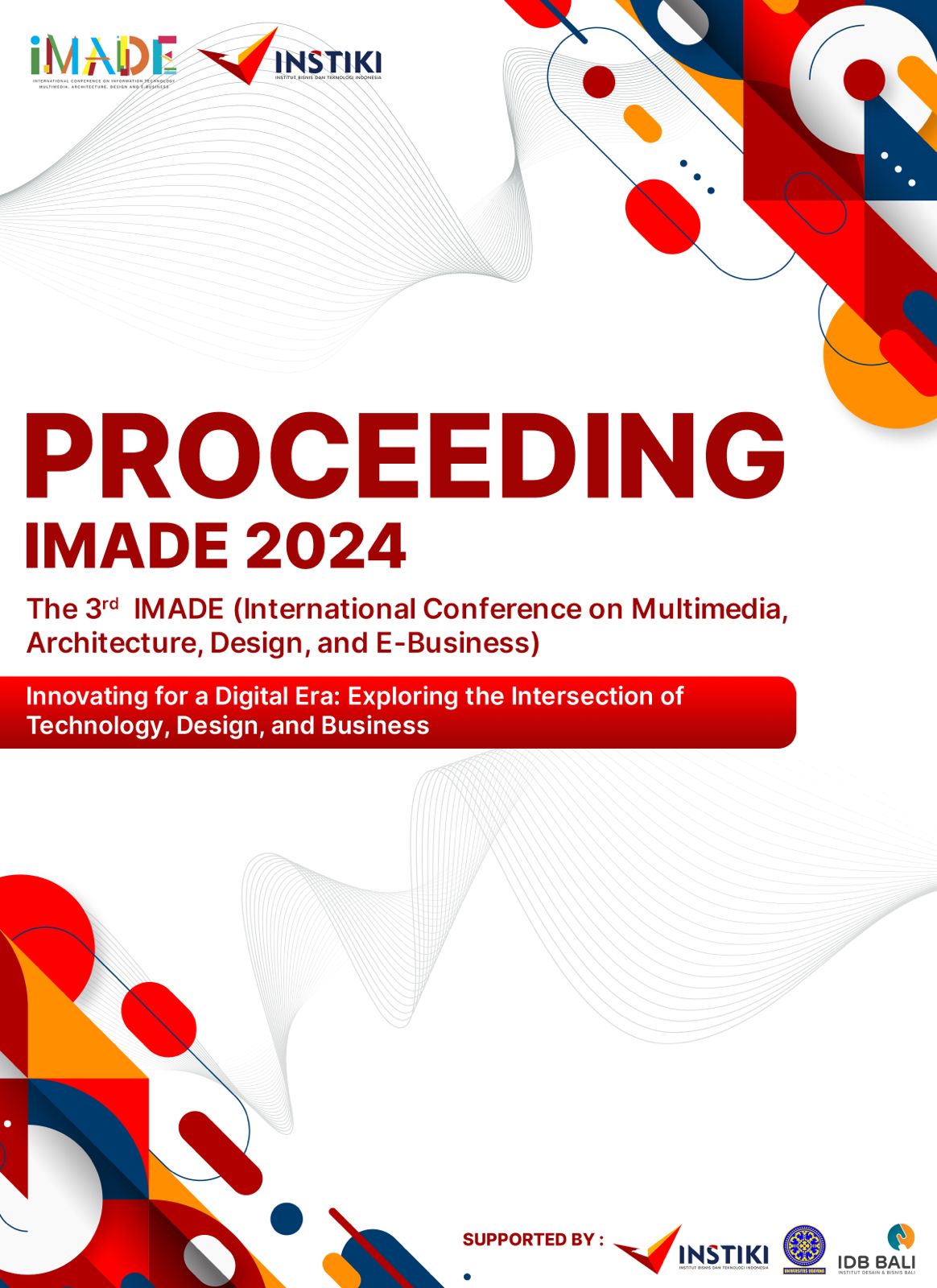EXPLORING REGIONAL DISPARITIES IN INTERNET SPEEDS: A K-MEANS CLUSTERING APPROACH FOR INDONESIA CITIES
Keywords:
Regional disparities in internet speeds, digital divide, urban-rural infrastructure, K-Means clustering analysisAbstract
This study aims to explore regional disparities in internet speeds across Indonesian cities using a K-Means clustering approach. Internet speed data, encompassing mobile and fixed broadband, were analyzed to identify patterns of internet speed distribution across regions. Using the elbow method, the optimal number of clusters was determined to be k=3, resulting in three clusters with distinct internet speed characteristics. Cluster 0 includes cities with high fixed broadband speeds but moderate mobile speeds, typically found in urban areas with well-established network infrastructure. Cluster 1 groups cities with low speeds in both mobile and fixed broadband, reflecting rural or remote areas with limited digital infrastructure. Cluster 2 comprises cities with high mobile internet speeds but low fixed broadband speeds, highlighting reliance on mobile networks due to limited fixed broadband infrastructure. These findings underscore the critical role of digital infrastructure, particularly Base Transceiver Station (BTS) density and fiber-optic network deployment, in shaping internet speeds. Internet speed disparities also have implications for unequal access to digital services, education, and economic opportunities. This analysis provides strategic insights for policymakers to prioritize investments in BTS and fixed broadband networks, especially in regions with low internet speeds, to support equitable connectivity and reduce the digital divide in Indonesia.
References
BPS (2023). Indonesia Internet and ICT Statistics.
Wijaya, T., et al. (2021). Digital Divide in Indonesia: Challenges and Opportunities. World Bank (2022). Digital Economy: Bridging the Divide.
Armaeni, P. P., Wiguna, I. K. A. G., & Parwita, W. G. S. (2024). Sentiment Analysis of YouTube Comments on the Closure of TikTok Shop Using Naïve Bayes and Decision Tree Method Comparison. Jurnal Galaksi, 1(2), 70–80. https://doi.org/10.70103/galaksi.v1i2.15
Hidayat, D. C., Atmaja, I. K. J., & Sarasvananda, I. B. G. (2024). Analysis and Comparison of Micro Frontend and Monolithic Architecture for Web Applications. Jurnal Galaksi, 1(2), 92–100. https://doi.org/10.70103/galaksi.v1i2.19
Saputro, J., Saini, K., & Valentine, H. M. (2024). Data Visualization of Higher Education Participation Rates in Indonesia Provinces. Jurnal Galaksi, 1(2), 101–109. https://doi.org/https://doi.org/10.70103/galaksi.v1i2.20
Widjaja, W., Suprihartini, Y., Dirgantoro, G. P., & Wahyudi, W. (2024). Application of ROC Criteria Prioritization Technique in Employee Performance Appraisal Evaluation. Jurnal Galaksi, 1(1), 62–69. https://doi.org/10.70103/galaksi.v1i1.7
Shah, A., et al. (2020). Clustering Algorithms in Regional Analysis: A Comparative Study.
Kumar, V., & Shah, M. (2020). Data Mining Techniques for Preprocessing.
Han, J., Pei, J., & Kamber, M. (2012). Data Mining: Concepts and Techniques.
MacQueen, J. (1967). Some Methods for Classification and Analysis of Multivariate Observations.
Rousseeuw, P. J. (1987). Silhouettes: A Graphical Aid to the Interpretation and Validation of Cluster Analysis.
Arora, S., & Bhatt, H. (2021). Evaluation Metrics in Clustering Algorithms: A Review.
Wijaya, T., et al. (2021). Internet Speed Disparities in Southeast Asia: A Comparative Analysis.
Kusuma, H., et al. (2020). Regional ICT Development in Indonesia: Bridging the Divide.
Kusumawati, A., & Utama, G. (2020). Bridging the Digital Divide in Indonesia: A Policy Approach.
Olivier, J., et al. (2019). Infrastructure and Internet Connectivity in Developing Regions: A Comparative Study.
Chen, L., et al. (2021). Urban-Rural Disparities in Internet Access and Its Impact on Economic Growth.
Sharma, A., et al. (2020). Clustering Techniques in Analyzing Regional Digital Disparities.
Lee, D., et al. (2018). Global Digital Connectivity: Addressing the Digital Divide in Emerging Economies.
Ministry of Communication and Information Technology (Kemenkominfo). Digital Transformation in Indonesia (2022).
Ginting, E., & Kusuma, D. (2022). The State of Digital Infrastructure in Rural Indonesia.
Downloads
Published
How to Cite
Issue
Section
License
Copyright (c) 2024 Qurrotul Ainia J.A, I Gede Suta Winaya, Achmad Dandi Firmansyah, Anak Agung Made Prayoga Ariswara, Emilianus Damar, Putu Sugiartawan

This work is licensed under a Creative Commons Attribution-NonCommercial-ShareAlike 4.0 International License.





